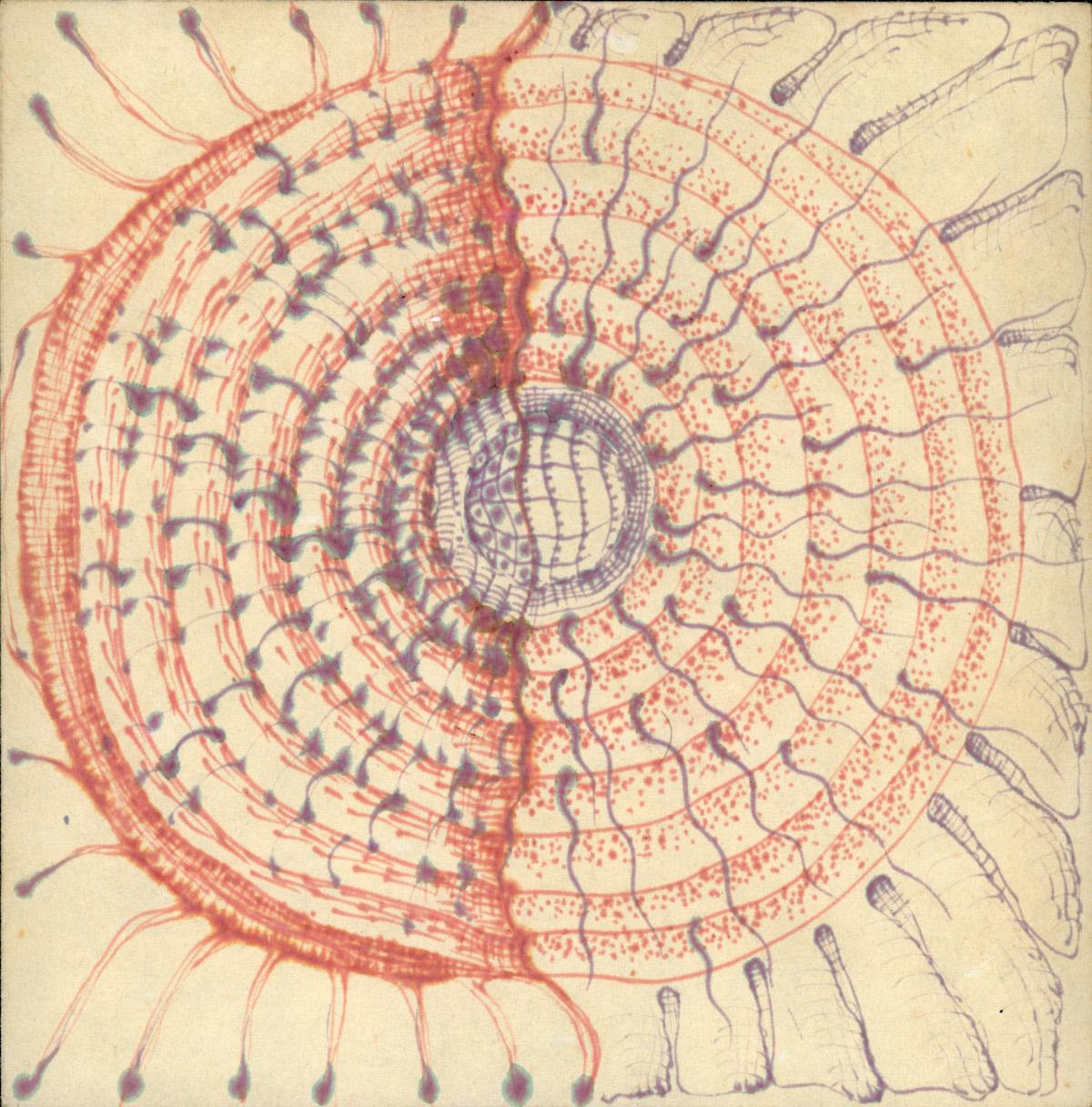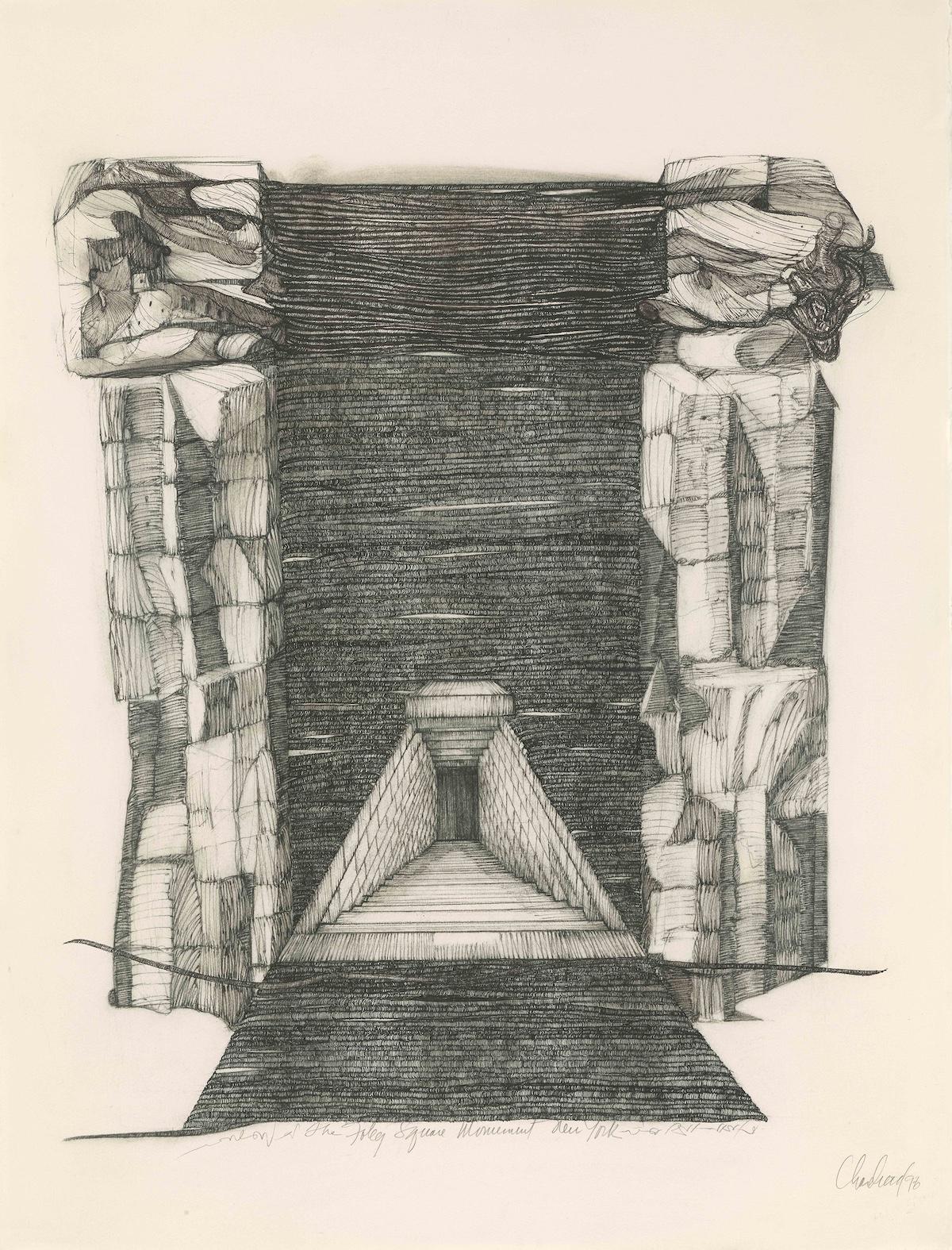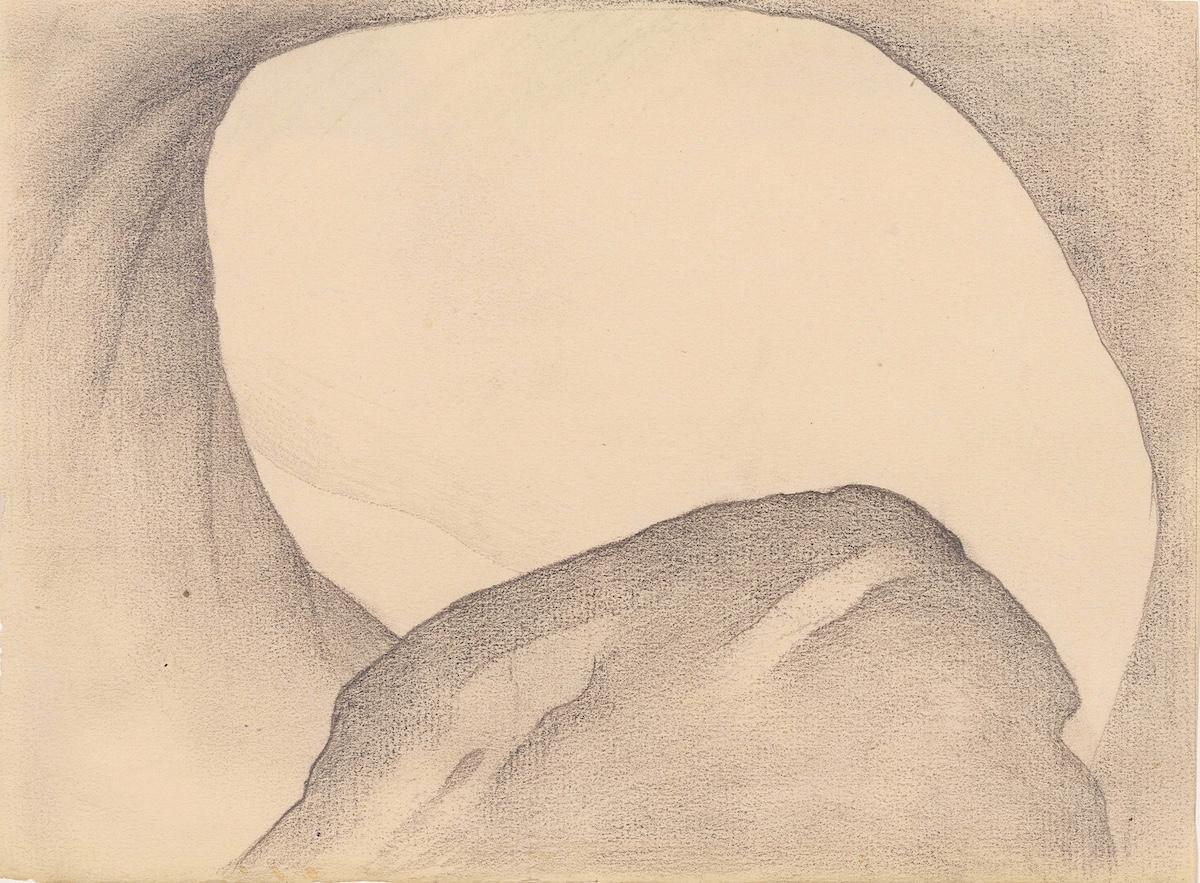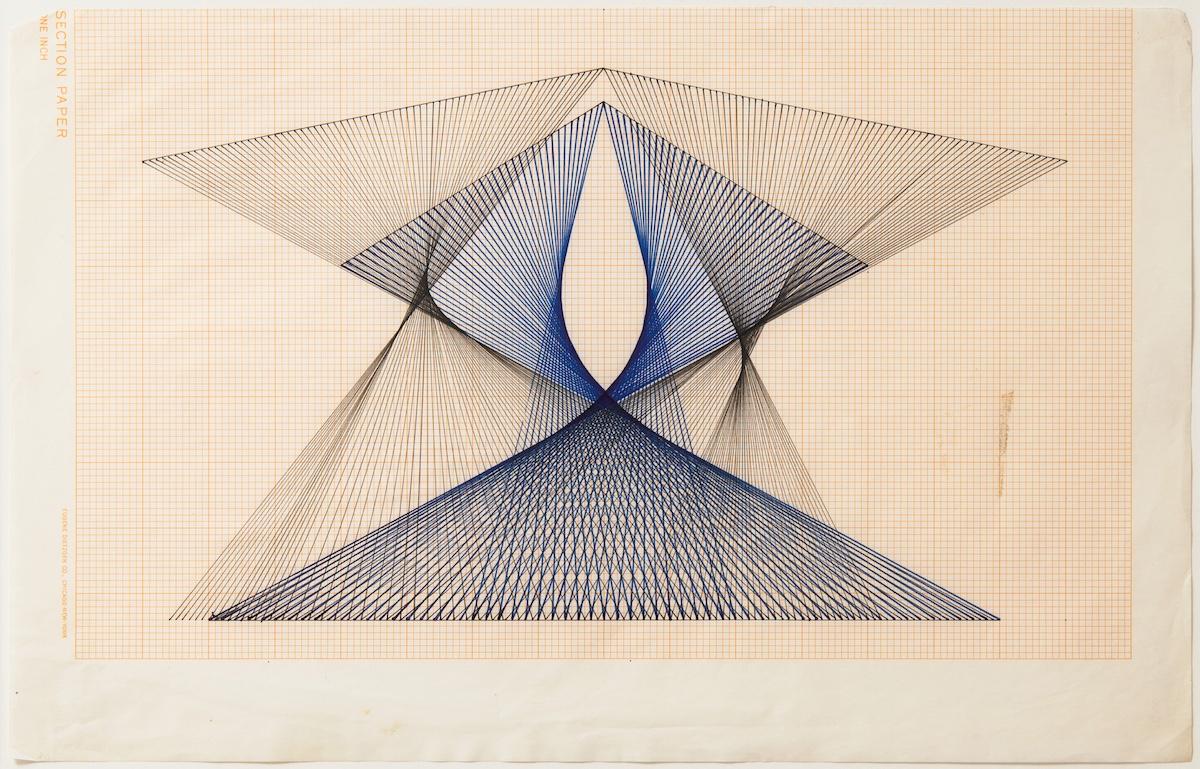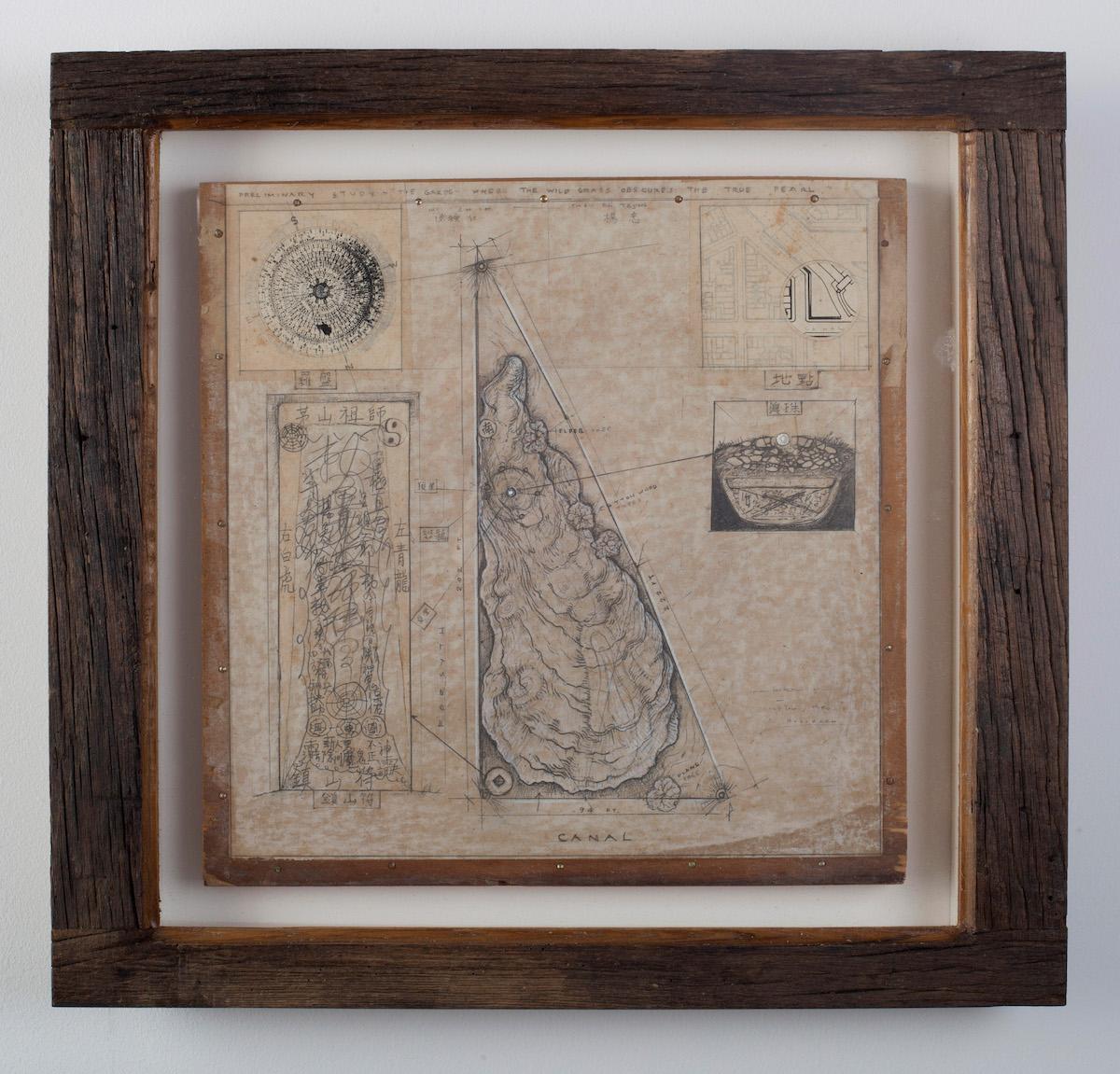The Mythic Image also focuses on an elaborate and charming exchange between artist Janet Malcolm and author Marta Werner. Malcolm mediates her observations of Emily Dickenson in her “Open Folios,” with mental images from observation of the stars to language, and history. Werner presents transcriptions of Dickinson’s handwritten prose, which was discovered after the poet’s death. These works highlight the artists’ uncanny imagination and figurative language and read like a mystery novel. Also on view are works by Mohammed O. Khalil, Arnold J. Kemp, and Steffani Jemison, who all deal with the chasm of the unknown or the abyss, and the ways in which light and dark belong not only to ancient and mystical traditions but also psychoanalysis.
In the catalogue for the show, Lauren O’Neill-Butler wrote an essay on the mystical tradition and the exhibition's theme discusses the limitations of mortal language. She elaborates on historicity, the collective and the individual, and memory and tradition.
This exhibit proposes artwork that goes beyond today’s identity politics. It’s so refreshing because there is no artful figuration present. I spoke to curator Olivia Shao about her inspiration for the exhibition, and our conversation is below.




